Texas Tech Football Offensive Preview
Cal seeks revenge for the 2004 Holiday Bowl, the only previous matchup between these two teams.
Click HERE for the Defensive Preview.
Normally in these preambles, I go on a vicious tirade about how the opposing SEC team is led by a charlatan and a hypocrite, or a controversial screed about how our little sister school is favored by those who have fallen into moral disrepute.
But I harbor no ill feelings against Texas Tech. Those feelings are reserved for those Mack Brown apologists over at North Carolina.
The last time Cal faced Texas Tech, of course, was in the 2004 Holiday Bowl. The Aaron Rodgers-led Bears had finished the season 10-1, with the lone blemish being a narrow loss to the eventual 2004 BCS national championship-winning USC. Cal belonged in the Rose Bowl for the first time since 1959, but Texas coach Mack Brown metaphorically stuffed the ballot boxes of the national media polls, which was enough to propel Texas over Cal in the BCS rankings (whose methodology is better left to the annals of history, and yet we still don’t have a playoff system with autobids for conference champions) and send Texas to the Rose Bowl instead. A dispirited Cal team—11-point favorites—fell flat on their face in the Holiday Bowl, losing 45-31 to Texas Tech. A team led by future NFL stars Aaron Rodgers, JJ Arrington, and Marshawn Lynch lost to the Sonny Cumbie-led Red Raiders.
But none of that malaise is Texas Tech’s fault. Is this a revenge game? No, probably not, but Cal has the opportunity to flip the script on one of the teams with a winning record against them historically.
Before we get into the nitty-gritty, let’s take a look at some Texas Tech traditions. Texas Tech was founded in 1923, and by 1936, they started the tradition of the “Masked Rider”—a masked caped crusader who led the team onto the field on horseback, which was deemed “very Texas” at the time. By 1971, the Southwest Conference banned lived animals on the field of away games without prior approval of the home team. So Texas Tech developed their own mascot, deemed “Raider Red”, who is not at all a caricature of Yosemite Sam:
I mentioned that leading team onto the field on horseback was “very Texas”, but Raider Red will fire shotguns into the air after every Texas Tech score, which is obviously even more Texas than that. I personally celebrate Cal touchdowns with a nibble of my vegan crudité platter while reciting a passage of Marx/Engels Collected Works, so I can definitely relate.
When Cal played TCU in the Cheez-It Bowl, I documented their “horned frog” hand signals. Texas Tech uses the “guns up” hand gesture, which most certainly speaks for itself:
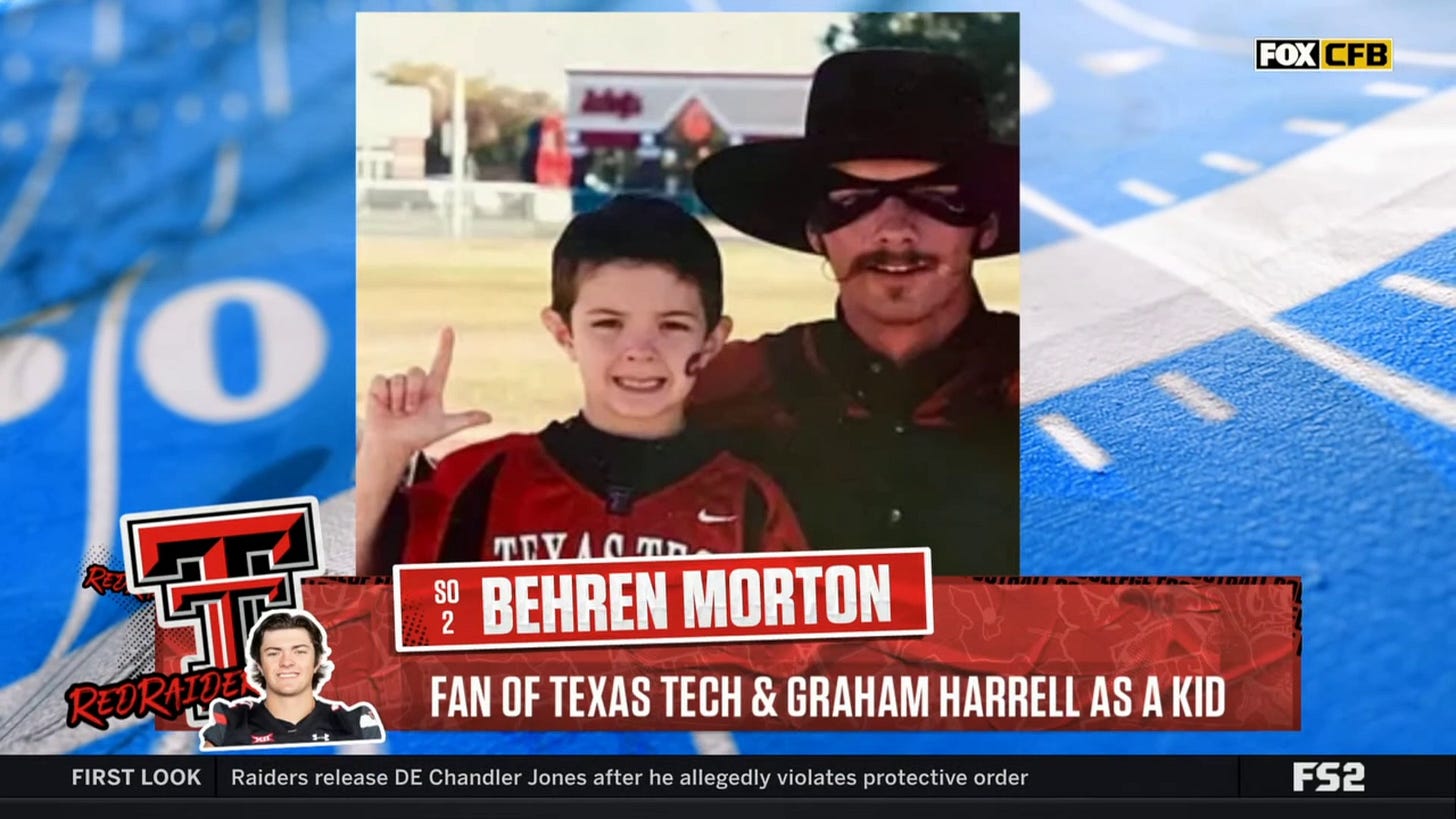
Only a Texan could see this hand symbol and think “gun,” but you know, guns first, alphabet second, that’s what I always say.
Something else I saw this season at Texas Tech was fans mourning the death of Hall of Fame basketball coach Bobby Knight. Knight went on to coach basketball at Texas Tech after he got fired from Indiana for all the… you know... violence. Rest easy TTU fans, Bob Knight is throwing chairs at people in heaven now.
This next scene looks like something you might see up on Tightwad Hill, which has substances not sold in the stadium:
Alright, standard “light ribbing” complete. Time for football.
Texas Tech is led by the defensive-minded head coach, Joey McGuire. Their offensive coordinator is Zach Kittley, a grad assistant at Texas Tech during Mahomes, and the Western Kentucky OC during Bailey Zappe. Kittley has adapted his Air Raid system for the run-heavy offensive personnel he has found himself with.
The Texas Tech offense is extremely aggressive, and they love going for it on 4th down. Texas Tech has punted the ball just 51 times this season, compared to their 35 4th down attempts. Texas Tech is #10 in the FBS in the number of 4th down attempts, and #5 in the FBS in number of 4th down conversions this season, converting 22 of 35 4th downs. Stretching back to 2022 (when Joey McGuire started at Texas Tech), they are tied for #1 in the FBS in 4th down conversions (55), and tied for #2 in the FBS in 4th down conversion attempts (87). This means that they average 2.2/3.48 4th down conversions per game. If Texas Tech is facing 4th down and a manageable distance, they are going for it, regardless of where they are on the field.
After a big play, Texas Tech almost always runs uptempo, snapping it within 10 seconds, or nearly whenever the referee sets the ball.
If I had to distill this Texas Tech offense down, I’d say their one true strength is their blocking ability. It’s something that is easily overlooked and often underappreciated, but the success of the Texas Tech offense is predicated on their blocking ability all over the field. The offensive line sets up runs by the running back, while the skill players do an excellent job of blocking downfield. Their ability to block well is one of the key factors in allowing their offense to pick up a couple of yards on each play.
If we look at the game itself, there is one thing that is really bugging me: the Vegas odds opened with Cal as a 1.5-point favorite, and bettors subsequently slamming Texas Tech bets moved the line in Texas Tech’s favor as 3-point favorites, both of which are wild to me. These facts seem to indicate to me that people are generally unfamiliar with the two teams. Both teams went 6-6 this year, but the Pac-12 was absolutely a gauntlet this year, with the Pac-12 overall being miles ahead of the Big 12 this year. With all due respect to the Texas Tech fans who may be reading this article, I would take almost any team in the Pac-12 over almost any team (outside the obvious stalwarts of Texas, Oklahoma, etc) in the Big 12. 3-9 Arizona State vs. 8-4 West Virginia? My money would be on ASU. Texas Tech managed 6 wins for bowl eligibility, but also missed most of the top of the Big 12—they were murdered by a playoff-bound Texas squad, but missed the teams that finished 2nd through 4th (Oklahoma State, Oklahoma, Iowa State), lost to the teams in 5th and 6th (Kansas State, West Virginia), and mostly won against the teams that finished 8th through 13th in the conference (Texas Tech finished 7th). Cal was also murdered by playoff-caliber teams (Washington, Oregon*), lost to two-time running Pac-12 Champ Utah, a top-15 ranked Oregon State team, and I don’t want to even talk about that rigged game that Cal lost to SEC refs Auburn, or the 1-point loss to a USC team (that went 11-1 last year with a future #1 overall NFL Draft pick at quarterback) in which every single Cal receiver was bear-hugged from behind by a defensive back on what should have been the game-winning play (don’t make me pull up the clip). Those last two games go the correct way, and I’d be here arguing how Cal beats Notre Dame in a rematch in the Sun Bowl or something.
*Yes, I’m aware that Oregon narrowly escaped Texas Tech in the second game of the season. Oregon ran a vanilla offense and looked largely unprepared for QB Tyler Shough’s running ability. I’d also give tremendous credit to Texas Tech’s defensive line play that day for the way they shut down the Oregon run game. However, none of those things would be applicable if the teams were to rematch today: Shough is gone, Oregon opened up the playbook during conference play, and NT Jaylon Hutchings is out after surgery)
The Pac-12 dominated in OOC play this year, but with the transfer portal, NFL opt-outs, coaching changes, etc., I’d expect the conference will struggle in bowl season and not adequately represent the strength of the conference. UCLA lost their only good coach to USC, their NFL-caliber defensive linemen are opting out, and half their team is in the transfer portal (not to mention it will be an away game for them, with the bowl game an entire 13 miles away from campus), Oregon State lost their coach and half their roster, USC is missing their Heisman-winning and likely future first overall NFL Draft pick QB Caleb Williams, and so on.
But I watch every single Pac-12 game, and I watched every single Texas Tech game this season. The two conferences are not comparable (well, strictly speaking, they are; I mean that the Pac-12 is leagues ahead this year). Let’s say a pass falls incomplete. You might wonder how you tell the difference between “good defense” and “bad offense.” In the Pac-12, an elite NFL-bound corner shadows the wide receiver who runs a great route and does everything right, goes up for a contested catch with great body positioning, but the corner makes a great play on the ball and slaps it away. In the Big 12, the coverage busts, the receiver is sitting there wide open, and then the quarterback hits the wide receiver in the chest for a drop. Or worse, the quarterback airmails the ball entirely and misses his wide open receiver. I’m telling you, the Vegas odds being what they are is a complete disrespect to both Cal and the Pac-12. I know the Vegas odds are a reflection of what the populace thinks and not the true odds of the game, but I’m telling you here, the populace is wrong. Everything Texas Tech can do, Cal can do better. Texas Tech is led by their running back, but Jaydn Ott is going to be one of the first running backs off the 2025 NFL Draft board, while Texas Tech’s RB is likely a late round pick (come @ me in 2025 if I’m wrong, I’ll still be here, and you’re welcome to try to find other times I’ve whiffed on my predictions). Cal will be missing Taj Davis, and I’m not sure if Jeremiah Hunter is playing, and I’d still take Cal’s receiver room. And don’t get me started on the criminally underrated Fernando Mendoza; we haven’t scratched the surface on what that man can do. I’ve seen what both of these teams can do, and a Vegas line anywhere near even is insulting, because these two teams are anything but.
But don’t just take my word for it. Let’s take a closer look at the positions.
Quarterback
Texas Tech started the season with Oregon transfer QB Tyler Shough (and I was a fan of his when he was at Oregon, although it seems he’s yet to really live up to his potential), but Shough suffered a season-ending injury in the 4th game of the season (and has since announced a transfer to Louisville). The injury cleared the way for QB Behren Morton to finally take over the starting role this year, after he endured a 3-way duel with Shough and now-Houston QB Donovan Smith in 2022. No disrespect to Morton, but this should also be welcome news to the Cal defense, who have suffered through multiple games against Heisman QB finalists, future early NFL Draft picks, and 5-star quarterbacks this year in Pac-12 play. It’s weird to think that Cal is facing an Air Raid Texas Tech quarterback and that’s a relief. Texas Tech doesn’t run a pure Air Raid offense, but they do run a lot of Air Raid concepts in their run-heavy offensive system.
So let’s take a look at Morton. To put it short, Morton has a lot of room to grow as a quarterback. He doesn’t have the biggest arm, and he’s often not making full-field reads. However, he’s also not getting a whole lot of help from his receiver corps, either.
Morton thrives in the short-to-intermediate passing range, and Texas Tech is not often taking deep shots down the field. However, he has shown some nice touch on his throws:

And another example of some nice touch on the throw to drop it in to his receiver:
Not the greatest route on the endzone fade, but here he trusts his receiver to beat his FCS opposition and lobs it up (although this is not something Morton could count on his receivers to do against better competition):
This next clip is from early in the season, so I don’t want to ding Morton too much for this, but he was often not on the same page as some of his receivers:
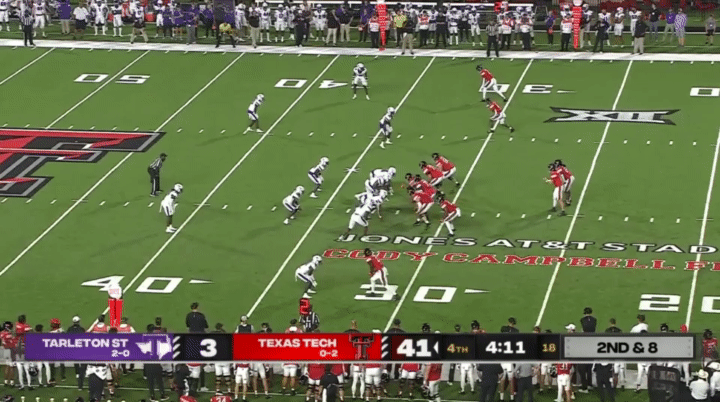
The following play is a highlight as more of an exception to the rule. Here Morton looks off the coverage and works through his progressions to find the open receiver. To nitpick, he was late on this throw, but the safety misplayed this so badly that it didn’t matter (ah, a classic Sonny Dykes defense):
For the most part, though, Morton is making half-field reads (at best), and is often locked on to his first receiver. The Texas Tech offense throws out a lot of bells and whistles (motions and formations) as distractions, but a lot of it is trying to get a lighter box to run against, or something like we get in the following play. Here, you can almost feel that the receiver at the top of the screen, WR Coy Eakin, is getting the ball—look at the jump he gets on the snap on this timing route:
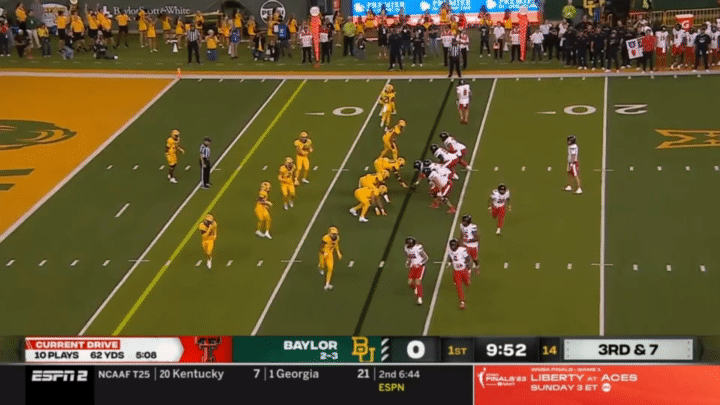
Morton’s tendency to stare down his first read cost him against the better defenses of the conference. Here you can see the Kansas safety reading Morton’s eyes before jumping the route for a near interception:
Morton is a mobile pocket passer, and will often roll out to his right and throw on the run. However, his throwing mechanics are often inconsistent when he does this. Sometimes it works out great:
But often when he does this, it’s a bad throw:
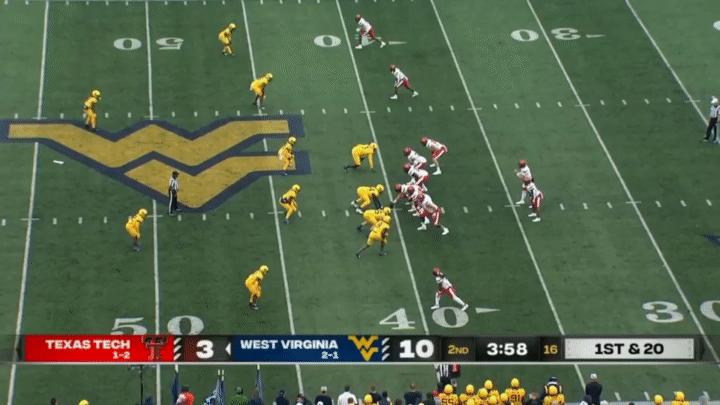
And here he does it again, but this time to a receiver who is decidedly not “wide open”:
As you can probably glean from a couple of the above clips, Morton hasn’t been able to put enough air under his deep throws:
Per PFF, Morton has thrown just 35% of his passes (82 of 232 graded attempts) beyond 10 yards, with a 43.9% completion rate on throws of 10+ yards, and 5 of his 7 interceptions. In other words, Morton has not had a lot of success challenging teams down the field.
To end things on a positive note, Morton has taken advantage of teams not accounting for him in the run game. He’s a mobile pocket passer, so he opts to stay in the pocket, but he is liable to take off in the redzone:
In previous weeks, I have covered the backup quarterbacks, but this was usually because teams either had a 2-QB system (e.g. Stanford) or lacked an established quarterback (e.g. UCLA). Morton is absolutely the starting quarterback and we will probably not see the backup for Texas Tech, but as someone who remembers Cal’s glorious 2018 bowl game, I figured I’d cover the backup as well just to be safe.
Behind Morton is true freshman QB Jake Strong. Strong is definitely young and inexperienced, but he also showed a lot of raw talent and potential. He’s also significantly different from Morton as a quarterback, to the point where the offensive gameplan probably changes if Strong comes in.
In contrast to Morton, Strong had no problem airing the ball out down the field:
While Morton thrived on throws at or near the line of scrimmage, Strong looked to push the ball down the field:
Strong showed good composure in the face of pressure, standing in the pocket and willing to take a big hit to make the throw:
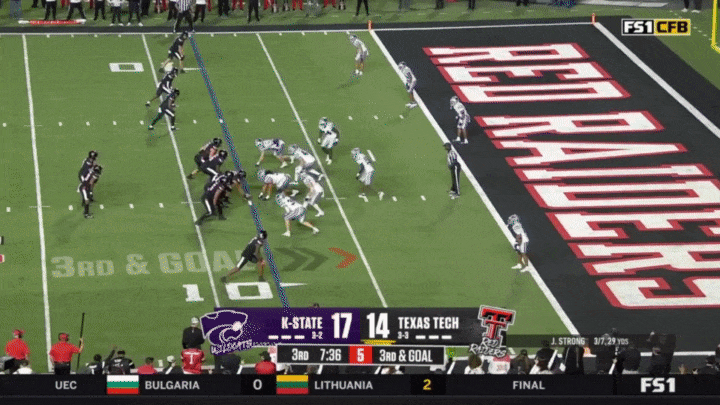
Strong also showed some nice athleticism on his feet:
On the flipside, while underthrows were often a problem with Morton, Strong struggled with overthrows, particularly when he was trying to force a play to make things happen:
Strong was definitely a bit of a gunslinger, especially as Texas Tech fell behind, and he started to take more risks. I don’t know what the play call is here, but it’s weird to me that both inside receivers run quick hitches, while the outside receivers run hitch and go, but Bradley sits on the hitch quite a bit longer than the other outside receiver, and the timing of this throw is subsequently off:
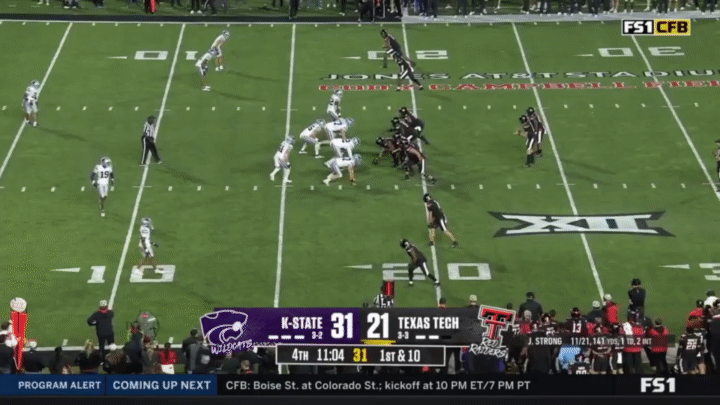
Another risk of a young quarterback is that there are plays where it’s likely the quarterback had the wrong play call entirely:
However, the real focus of Texas Tech’s offense is the run game.
Running back
The star of the Texas Tech offense is their running back, Tahj Brooks. Brooks is an absolute workhorse of a running back, and is second in the FBS in rushing attempts per game with 22.5 attempts/game (and he’s first in the Power 5). Brooks has more carries than Morton has passing attempts. The offense runs through Brooks, and everything else is secondary.
By far Brooks’s best skill is his ability to force missed tackles, particularly when he gets his momentum going, and consistently churns out a couple extra yards on rushes to keep drives moving. Unsurprisingly—especially considering his huge number of rushing attempts per game—he leads the FBS in missed tackles forced with 91 (per PFF). He forced double-digit missed tackles in consecutive games against Kansas State, BYU, and TCU (an average of 12 per game) to rack up 354 yards on 79 attempts in that 3 game span (4.4 yards per carry). He’s not breaking off big runs, he’s just constantly moving forward, over and over again, keeping drives alive and wearing down the defense. There’s a relevant Marshawn Lynch quote here.
There’s a million examples I could have pulled, most of them routine runs, but here is the standard Tahj Brooks running play:
Brooks is difficult to stop once he gets his momentum moving forward:
Brooks is not the shiftiest back, but he obviously has good balance to stay upright on contact, and he doesn’t need to make huge cuts to avoid tacklers who are planting themselves firmly into the ground to try and avoid being steamrolled:
Brooks is a patient runner, who shows good vision and will allow his blocks to develop:
I tried slowing the next clip down and still couldn’t see how Brooks did this. Brooks goes in, Brooks goes out. Never a miscommunication. You can't explain that:
Even when Brooks hits a wall in the backfield, he’ll bounce a run outside to turn it into a positive play:
Brooks does not often break off big runs, but he has a couple where the safety or safeties misplayed the run:
He gets chased down from behind, but here again he somehow manages to stay upright through a lot of traffic:
Brooks has a tendency to bounce runs outside. Against a stout Texas run defense graded as #10 in the FBS by PFF (whose closest Pac-12 analogue is UCLA—grading 91.5 vs 91.4, filled with future NFL talent along the defensive line, etc), Brooks still found a way to create yards by bouncing runs outside when his run gaps closed on him, showing good patience and vision:
Brooks also showed an ability to make a nice cut from time to time:
And again:
Last but not least, Brooks is also generally pretty good in pass protection. Watch him destroy the blitzer on this rush:
(As an aside, as someone who doesn’t follow Big 12 football, I was shocked at how bad Baylor’s defense was, since I thought they were supposed to be a defensive-minded team. To be fair, I suppose someone watching Cal for the first time this year might say the same.)
Although Brooks receives the vast majority of carries throughout the game (roughly 86% of the handoffs), the other change-of-pace back is RB Cam’Ron Valdez, a smaller but much faster running back. Although Cam’Ron Valdez has entered his name into the transfer portal, he is reported to be available for the bowl game. Valdez has enough speed to be a homerun threat:
And he also has quite a bit more elusiveness in the open field than Brooks:
Regardless, expect to see a very heavy dose of Brooks, running the ball over and over and over again.
Receivers
Even though Texas Tech is playing out the season with their original backup quarterback, the receivers are the biggest weak spot in this offense—and that was even before two of their starters, Jerand Bradley and Myles Price, opted out of the bowl game to enter the transfer portal instead. I watched an entire season of Texas Tech football and found a lot more to nitpick than I did to highlight with the Texas Tech receivers. I saw lazy, half-hearted routes, poor releases, struggles to get separation, drops, and frequent miscommunications with the quarterback (e.g. quarterback throwing to a spot while the receiver runs a different route— no way to know for sure who is at fault, but if I see the quarterback yelling at the receiver after the throw, I think it’s fair to guess that it was on the receiver).
The starting receivers are projected to be Coy Eakin (which sounds suspiciously like “Clay Aiken”, if you’re wondering how to pronounce this) as the X-receiver and Jordan Brown as the Z-receiver, and Drae McCray and Xavier White as the inside receivers. In TE-formations (e.g. 12-personnel), expect to see TE Mason Tharp and TE Baylor Cupp take the place of an inside receiver.
Let’s start with one of the slot receivers, Xavier White, who I felt has come on the strongest in recent weeks. Texas Tech does not often attack deep down the field, but Xavier White was able to use his speed here to get past the safety for the big catch:
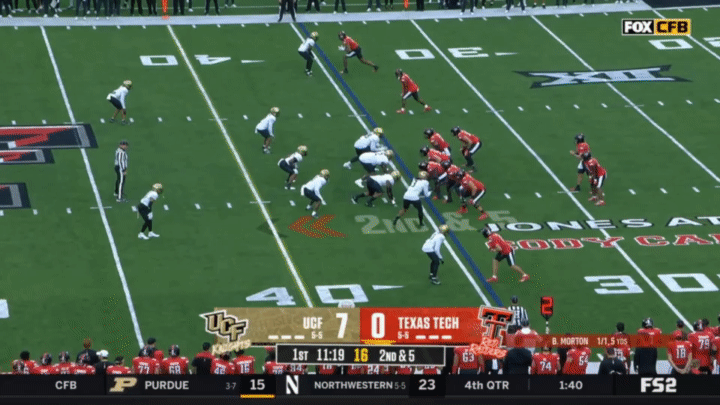
White is also their best YAC (yards after the catch) receiver. Texas Tech likes to move the ball with a lot of short or safe passes, and here White finds some room to run after the catch:
QB Behren Morton’s favorite target is probably Coy Eakin, which means Eakin gets a lot of looks in the shallow part of the field (short curls, shallow crossing routes, etc, usually under 10 yards). Here Eakin slips a TCU defender for a nice gain:
I think Texas Tech’s best inside receiving threat is probably the 6’9” 270 lbs TE Mason Tharp, who has returned in recent weeks after missing the middle part of the season with an injury. Tharp is a natural receiver with good hands, and a decent-to-solid pass blocker. Surprisingly, he’s only targeted a few times per game:
And here he shows some strong hands and an ability to make the contested catch:
Backing up Mason Tharp at tight end is Baylor Cupp, who aptly had his best game of the year against the Baylor Team. Cupp has the physical attributes that will get him some looks at the next level. He’s a good blocker and moves well for a tight end:
The other inside receiver is Drae McCray, a transfer from Austin Peay, who is known for his speed (although most often noticeable on special teams, which you can see later):
Here McCray makes a nice contested catch to help out his quarterback:
But like most of the other receivers, he occasionally suffered from drops:
Rounding out the starting receivers is Jordan Brown. Brown is targeted on deep routes a bit more than the other outside receiver, Eakin. Like McCray, Brown is also fast, but not the prototypical big-bodied contested catch type of receiver. When Brown is going deep, it’s typically a go-route down the sideline:
The above play was a bit of underthrow, but in slow motion you can see that this ball went through Brown’s hands before the corner takes a swipe at his arms. Brown needs to use his body positioning better and try to catch this away from his body instead of letting the ball come to him (or fight back to the ball to draw a PI call if he’s not able to). Brown wasn’t a huge YAC threat, but he did have one big breakaway play early on in the season:
Here Brown uses his speed and leverage to get open for the touchdown reception:
In contrast to the first clip, here Brown does do a nice job of adjusting to the ball in the air:
We will likely see some new faces in the receiver rotation for Texas Tech as a result of the opt-outs. One backup receiver is Loic Fouonji (pronounced “Low-ick Fun-G”), who has entered his name into the transfer portal, but is also reported to be staying with the team through the bowl game. Although Fouonji had a productive season in 2022, he hasn’t seen the rotation as much in 2023.
Here Fouonji completely sheds his defender on the route:
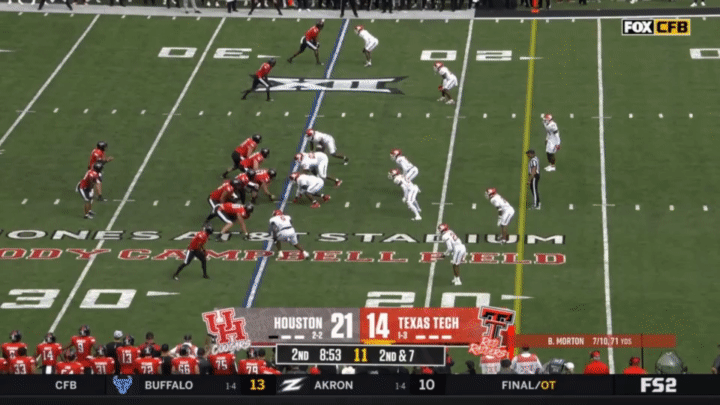
After that, it’s anyone’s guess. The official depth chart lists Brady Boyd as a backup for both WR-H/WR-Z (inside/outside), but here is all 4 of Brady Boyd’s yards in 2023:
The other backups are true freshmen Kelby Valsin (WR-Y) and DJ Crest (WR-X), neither of whom have taken a snap this year.
Finally, there’s the tight end Jayden York, who has entered the transfer portal, but I can’t find any information about whether he will play in the bowl game at the time of this writing, so I will cover him anyway.
York has primarily been used in blocking duties and is a solid pass blocker, but he did have this nice catch in the opening game of the season:
However, he wasn’t able to capitalize on this busted coverage:
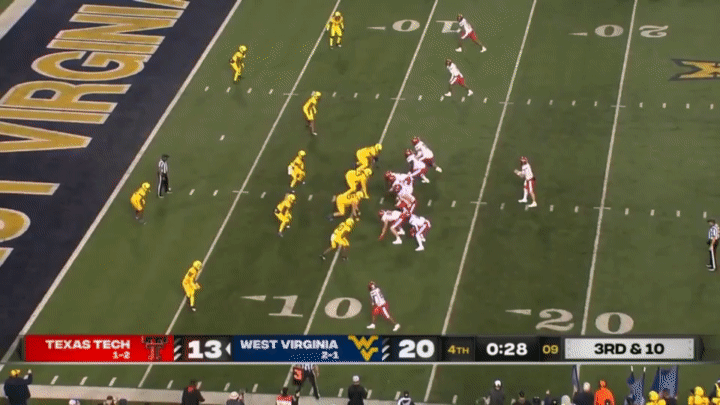
Regardless of who we see in the receiver rotation on Saturday, someone will need to step up if Texas tech wants to take some of the defensive focus away from RB Tahj Brooks.
Special teams
Texas Tech has a pretty solid group at special teams, so I thought I would give them a shout here. The punter, Austin McNamara, was a Ray Guy semifinalist and the Big 12 Special Teams Player of the Year, and he did a good job of pinning opponents inside their 20 on the rare occasion that Texas Tech opted not to go for it on 4th down.
Their kicker, Gino Garcia, has an NFL-sized leg, booming multiple kicks from 50+ yards:
The speedster receiver, Drae McCray, has had a number of big kickoff returns—a 54 yard kickoff return against UCF, a 55 yard kickoff return against Texas—including this one he returned for a touchdown against Houston:
Here the backup receiver Loic Fouonji both blocks and returns a punt for a touchdown:
Texas Tech likes to slog it out and keep games close, gradually wearing the opposing defense down, so special teams can definitely give Texas Tech the edge here; with a short field for the offense, a fake punt, a special teams touchdown, a field goal from midfield, etc.
Conclusion
Historically, given time to prepare, Wilcox defenses have done a great job of taking away a team’s best offensive weapon. However—historically—that meant an elite secondary shutting down an NFL-caliber wide receiver, not shutting down a running back that picks up 3, 4, 5 yards per carry on each and every single carry, reminiscent of those awful Shaw-era Stanford teams. I expect Texas Tech will get creative with their receivers and motions to prevent Cal from stacking the box too heavily, but I also expect that Cal will find ways to make QB Behren Morton uncomfortable in the pocket (take away his ability to roll out to his right, perhaps?), although that’s a much taller task now with LB Kaleb Elarms-Orr unavailable for the bowl game. Given Texas Tech’s ability to gradually wear down a defense and their superb special teams, a close back-and-forth game probably works out in their favor. Texas Tech is not a team that is built to play from behind, and if Cal can get an early lead and force Texas Tech into obvious passing situations, the game can quickly get away from them.
As always, Cal fans:


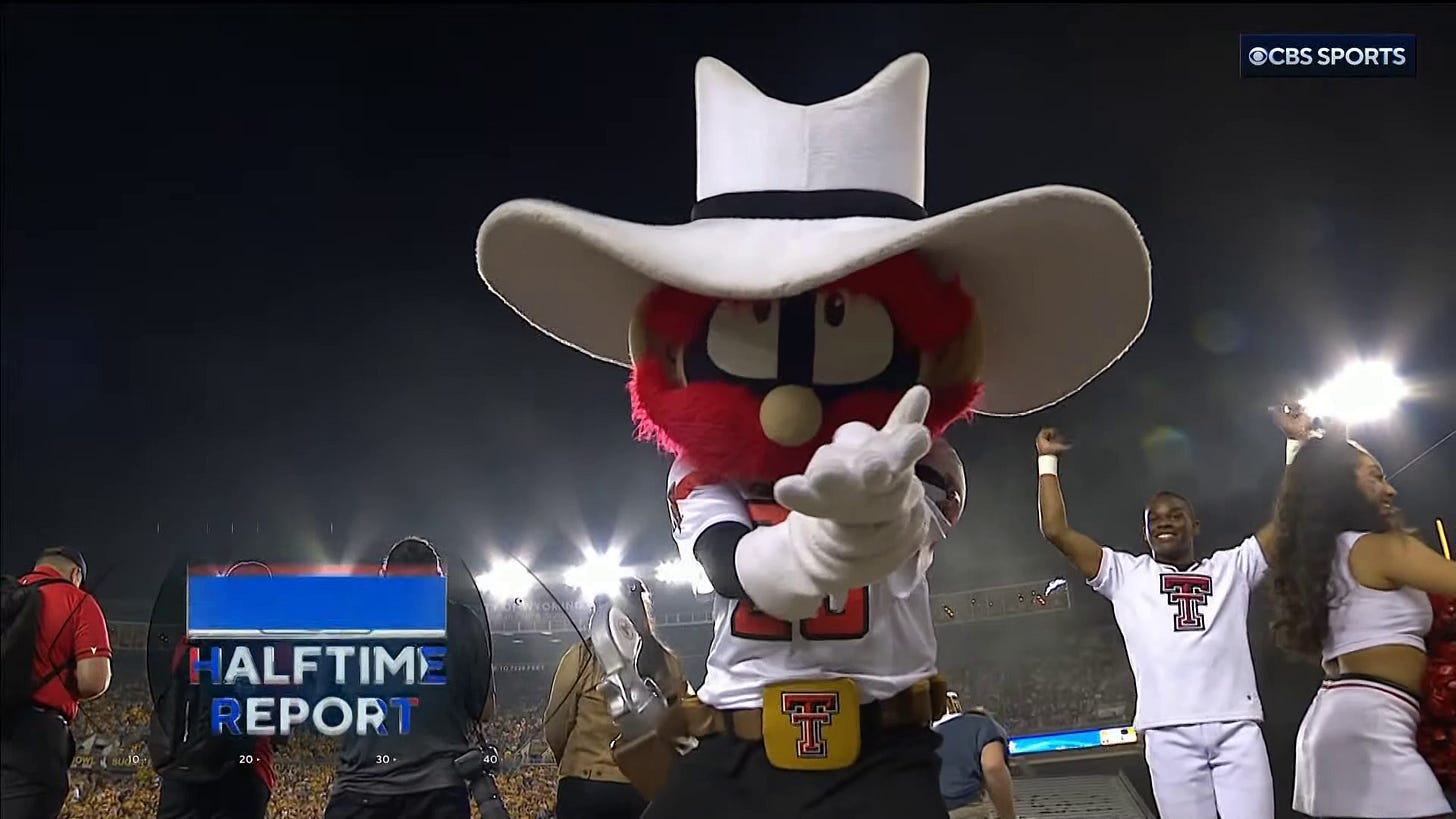
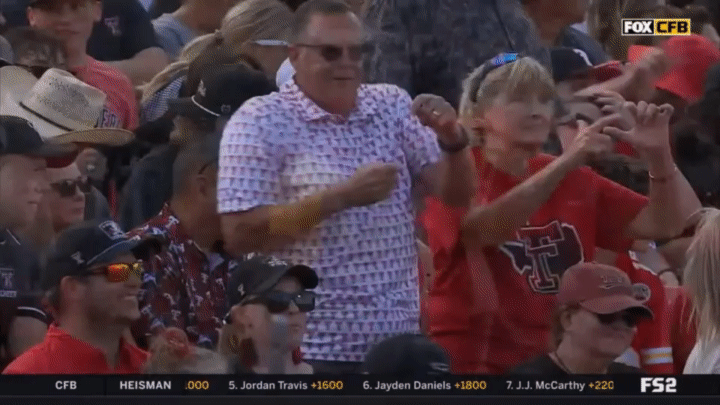
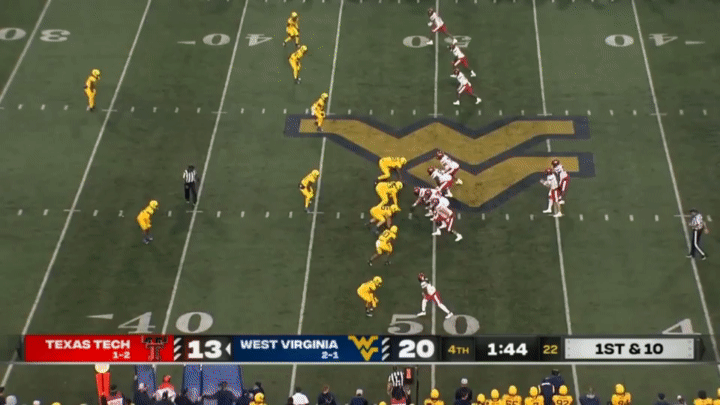
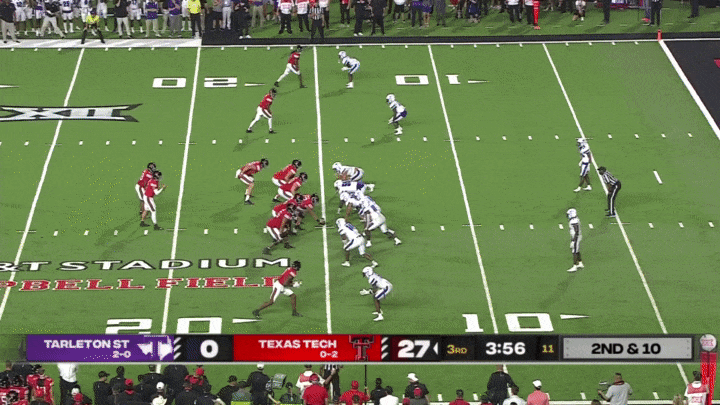
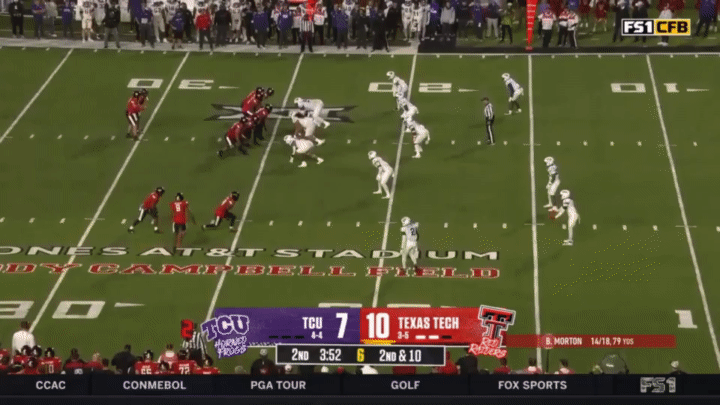
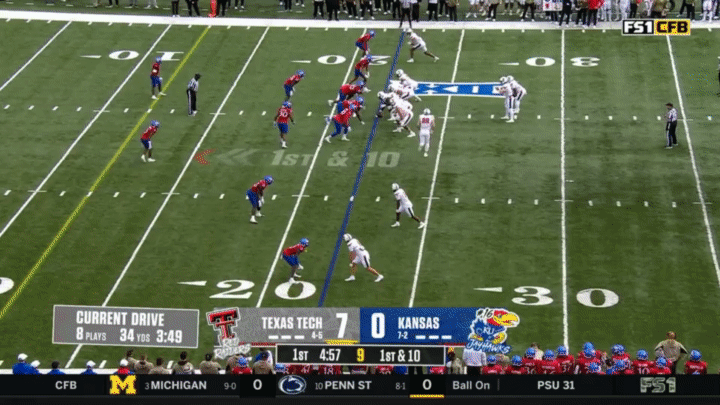
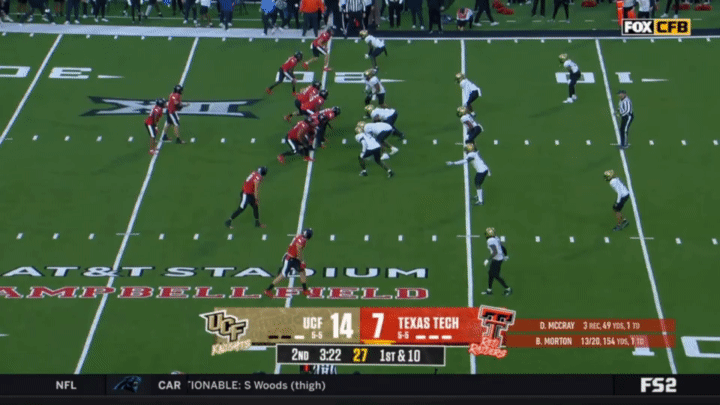
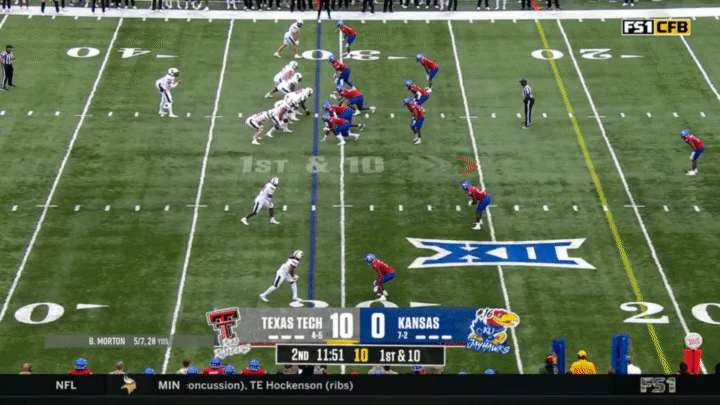
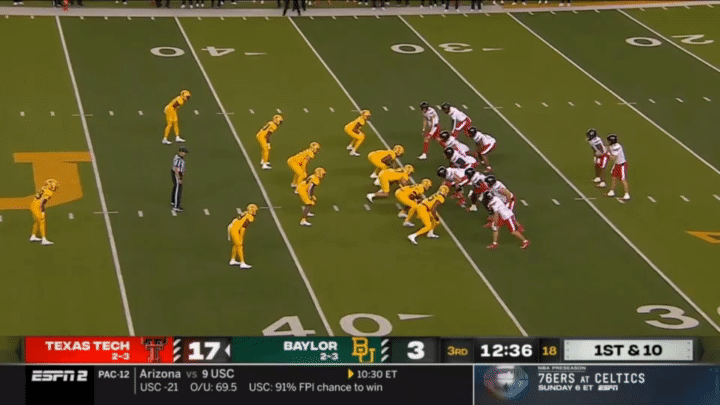
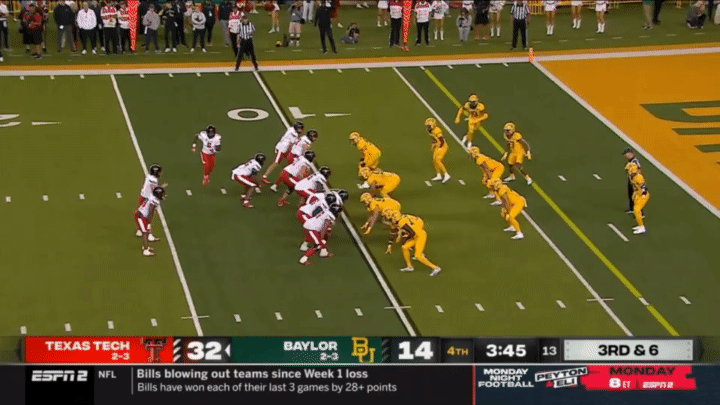
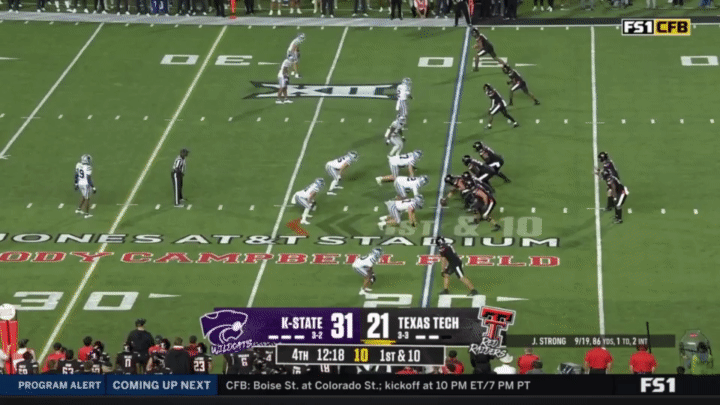
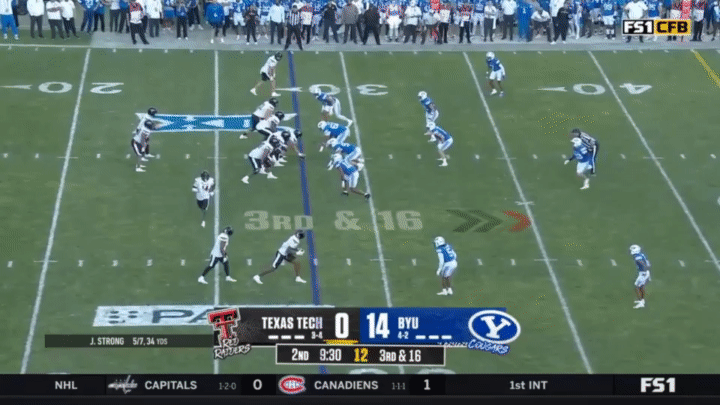
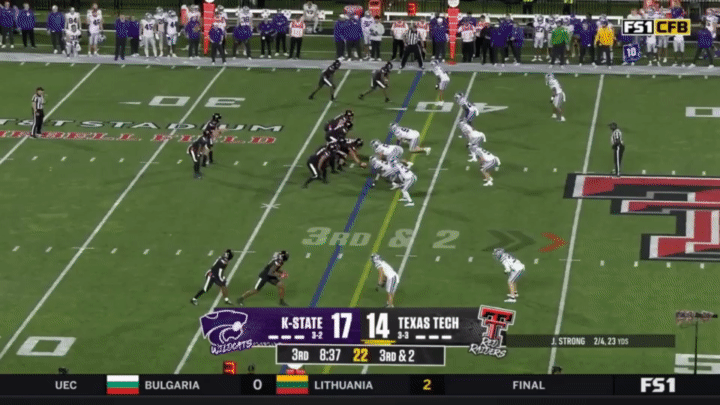
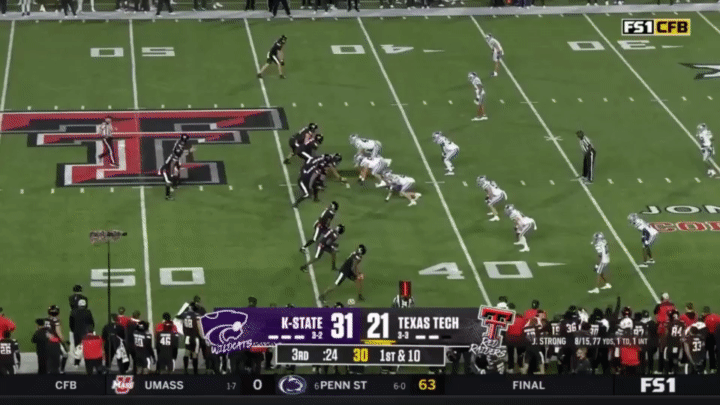

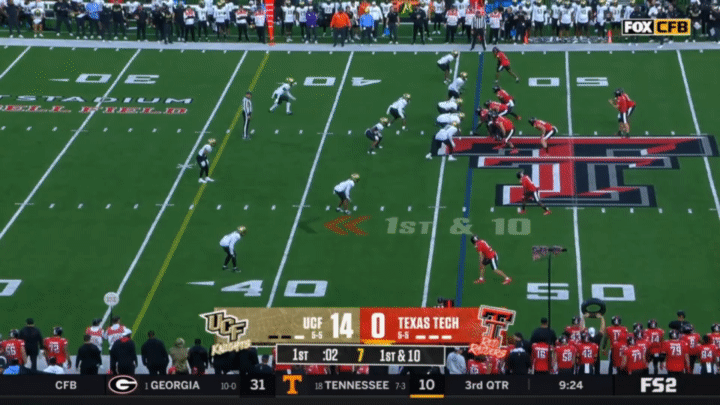
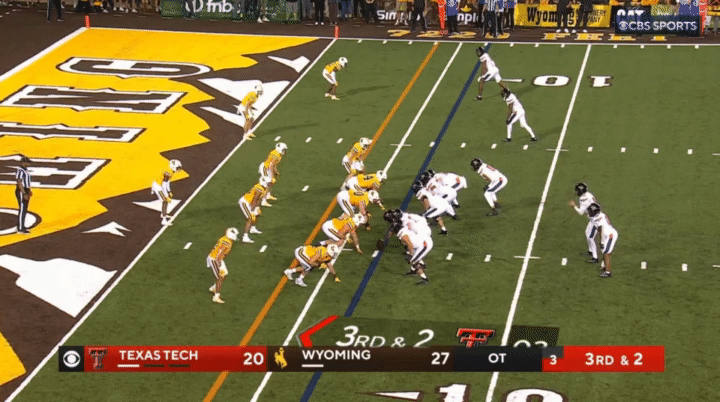
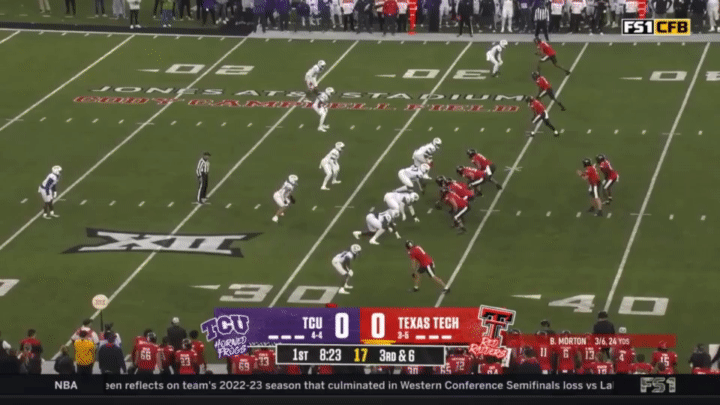
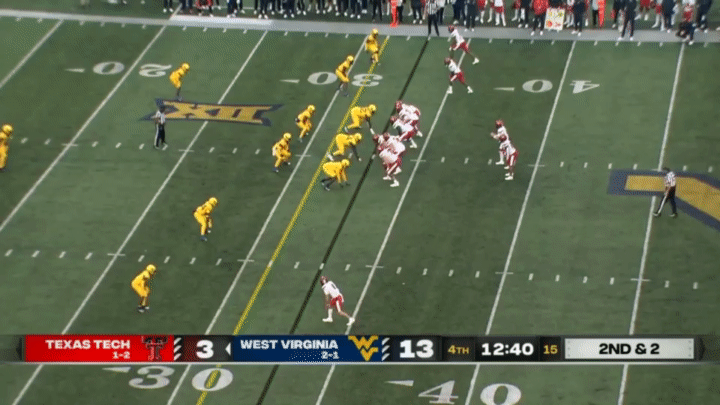
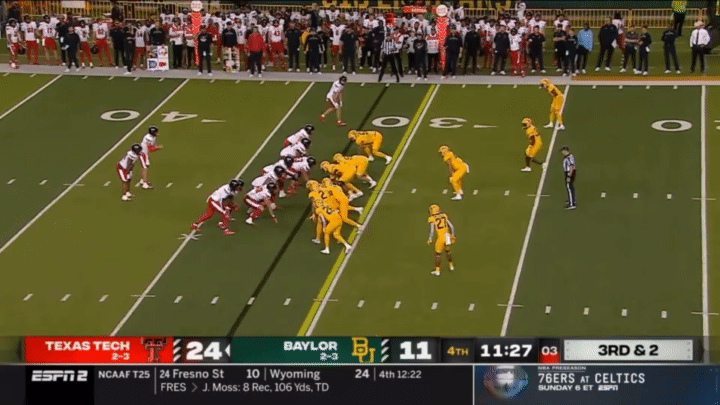
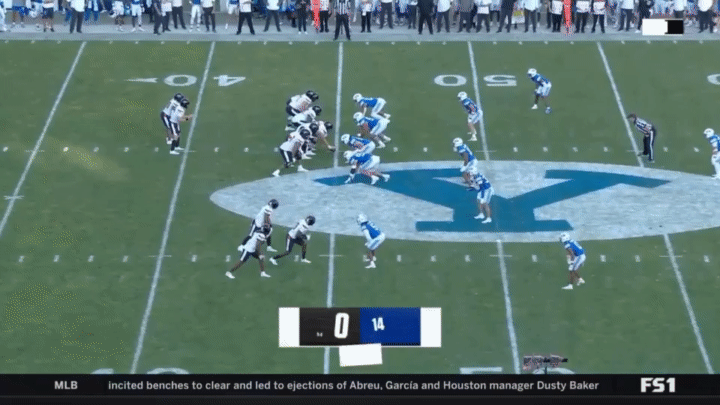
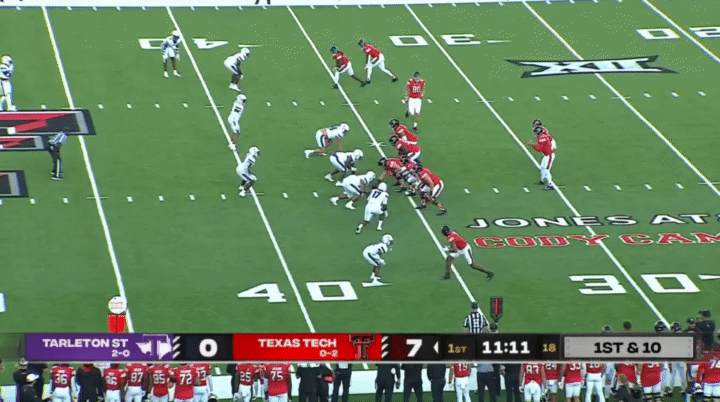
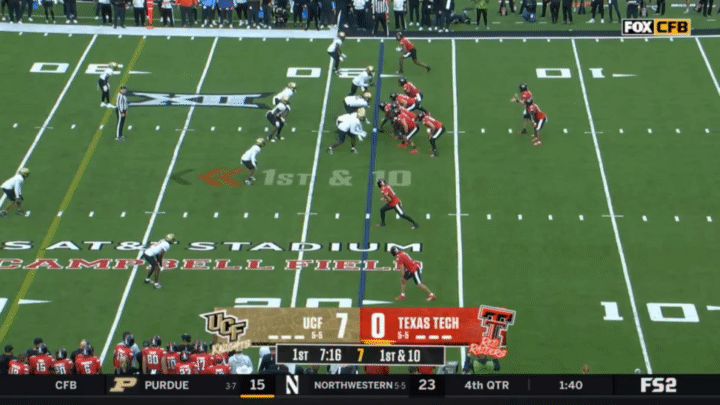
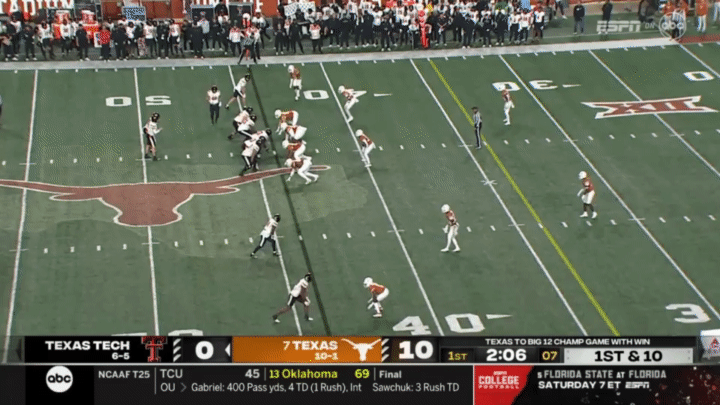
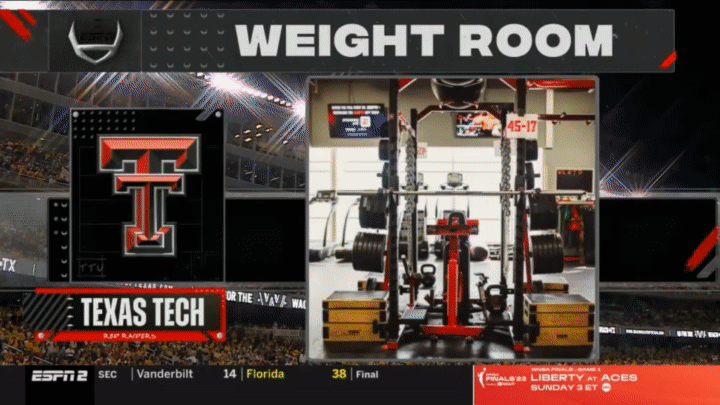
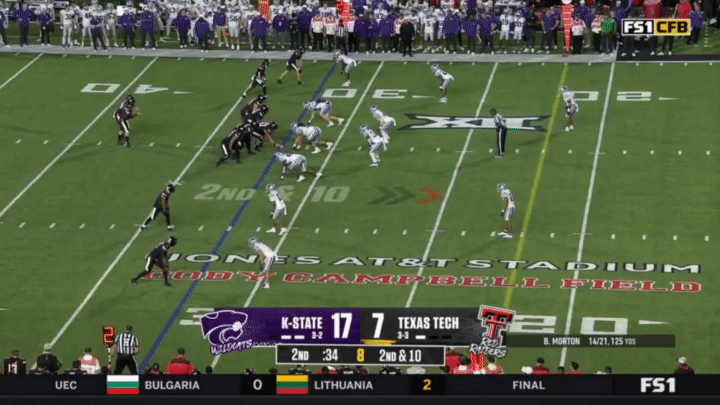
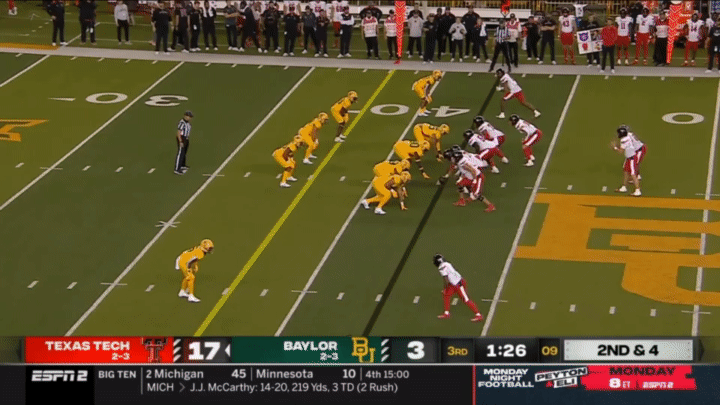

![[optimize output image] [optimize output image]](https://substackcdn.com/image/fetch/$s_!AAn5!,w_1456,c_limit,f_auto,q_auto:good,fl_lossy/https%3A%2F%2Fsubstack-post-media.s3.amazonaws.com%2Fpublic%2Fimages%2F897221ae-1c8d-4de4-8d0e-ab065af564b8_720x405.gif)
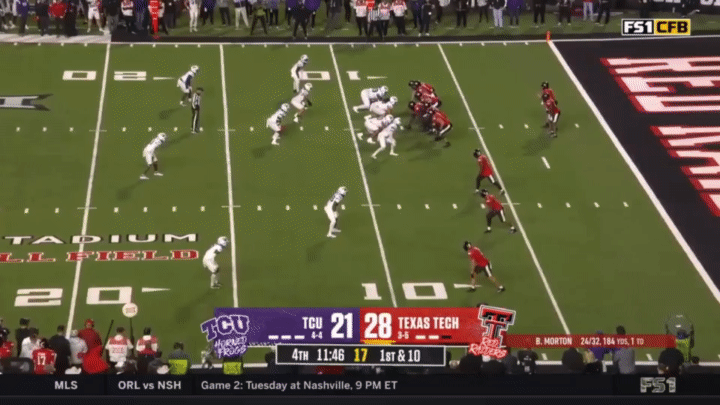
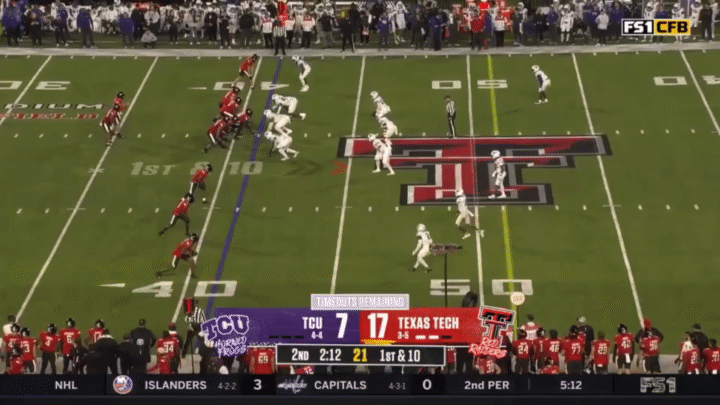
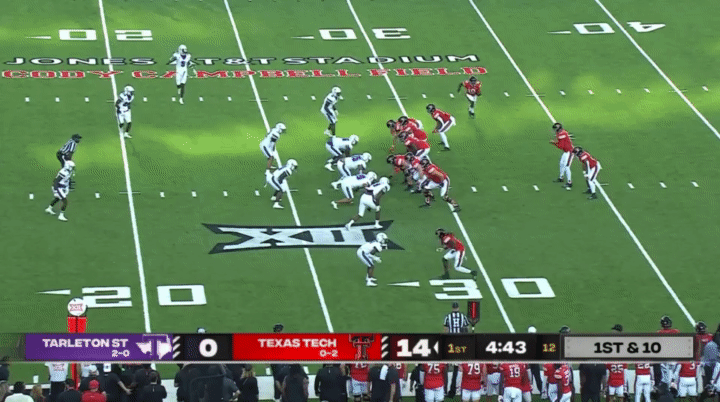

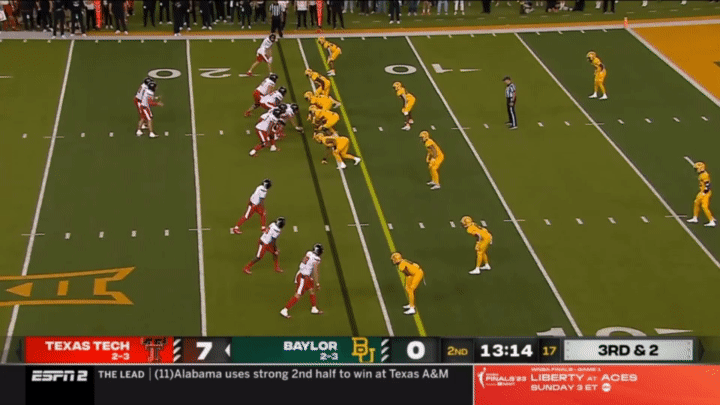
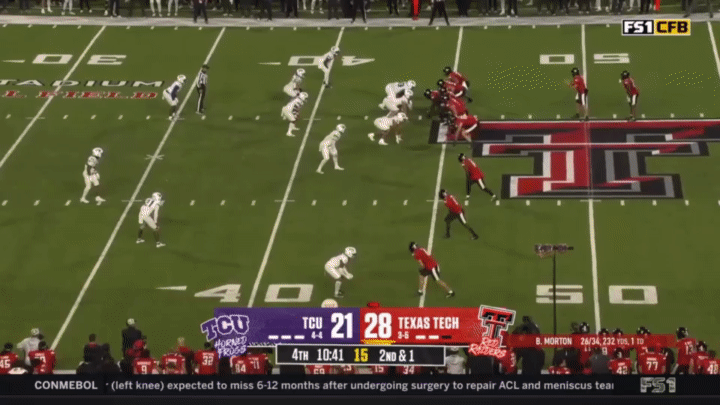
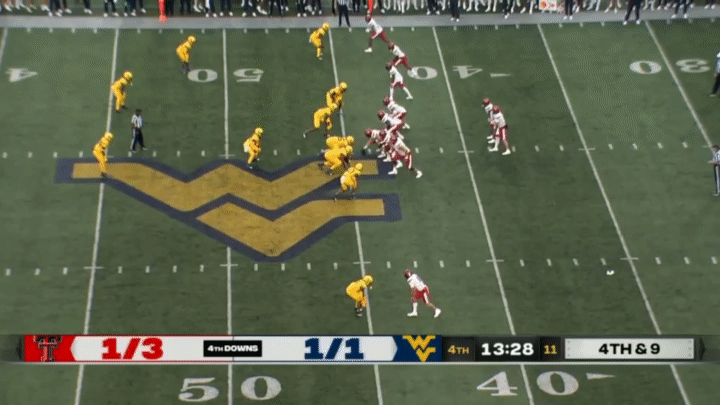
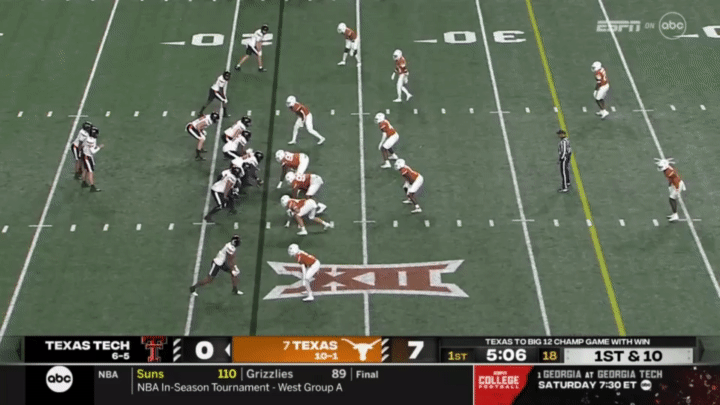
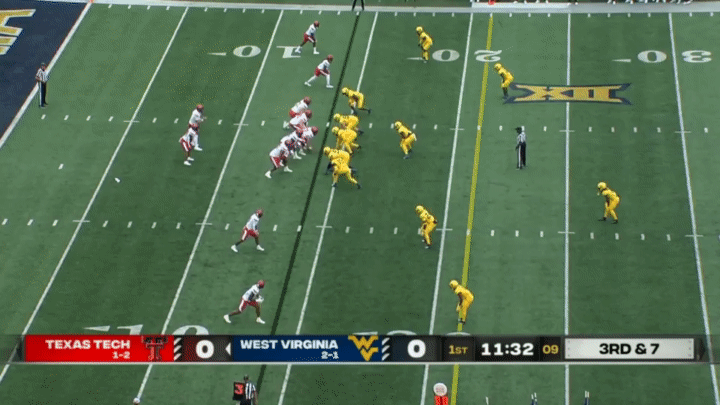
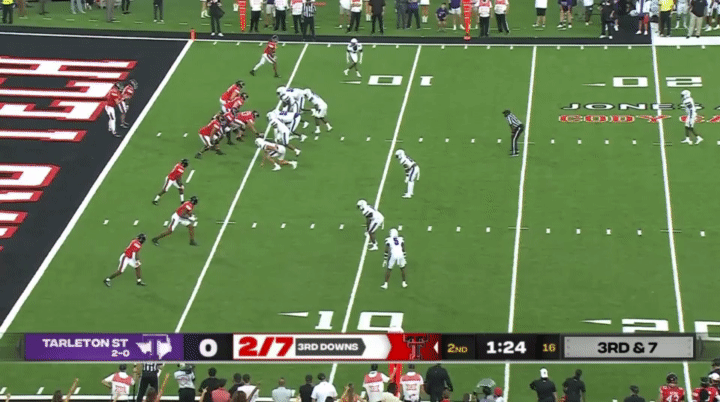
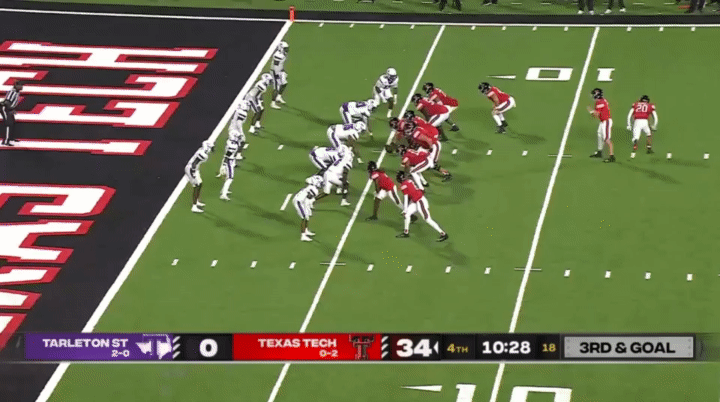
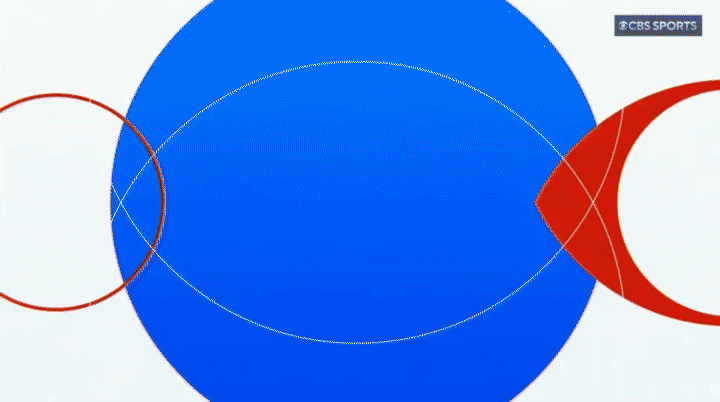
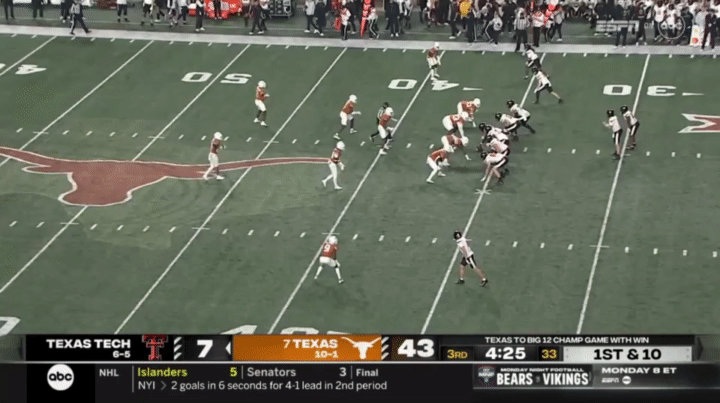
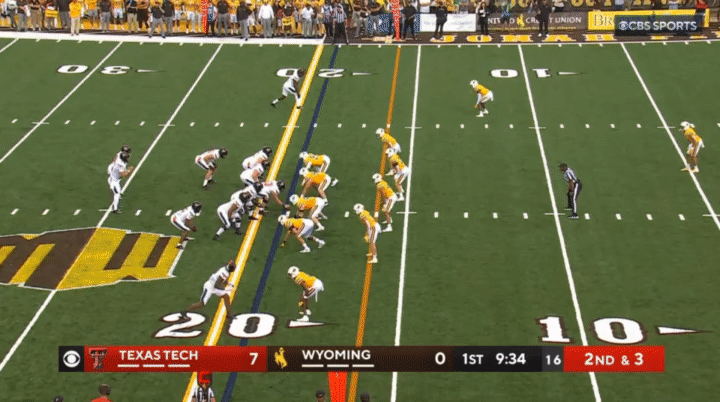
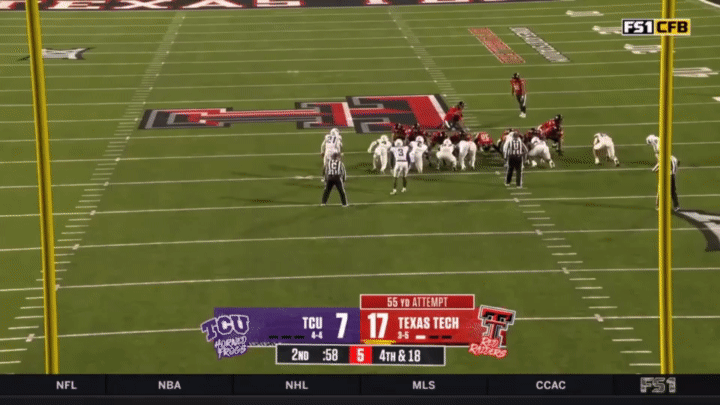
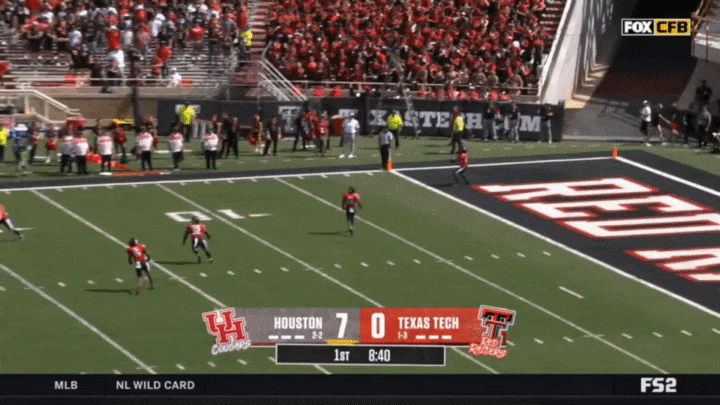
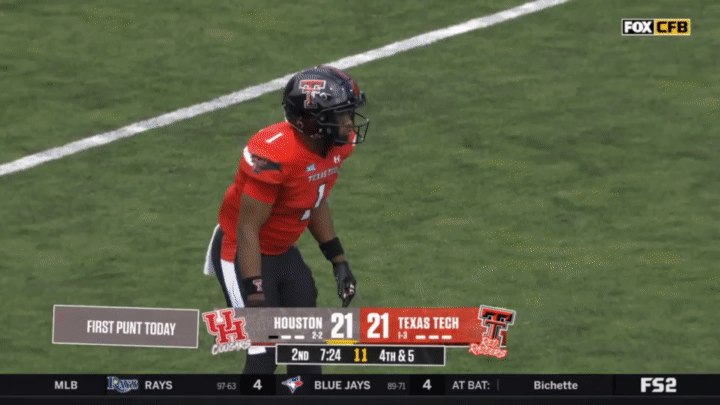
These are monuments to great football journalism. I can't just imagine the work to prepare these video clips and such. My reaction to these posts is always doom. They can run? They can block? They can throw? We are Doomed! But we can do those things too. And your main point about how battle hardened Cal is from the superior Pac12 is important. Like I said yesterday, bowl games are more often games of who wants it more. We will see on Saturday. I hope it stops raining in Shreveport before game time. What the hell Shreveport????? Why host a bowl game if I have to leave rainy PNW to go get rain for the bowl game.
This was an amazing article, a great piece of analysis. I have a much better and deeper handle on Texas Tech. Getting fired up for this game!